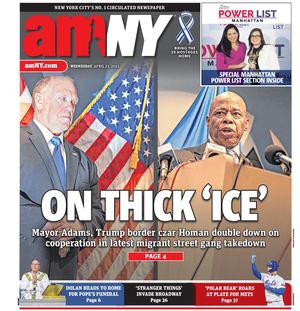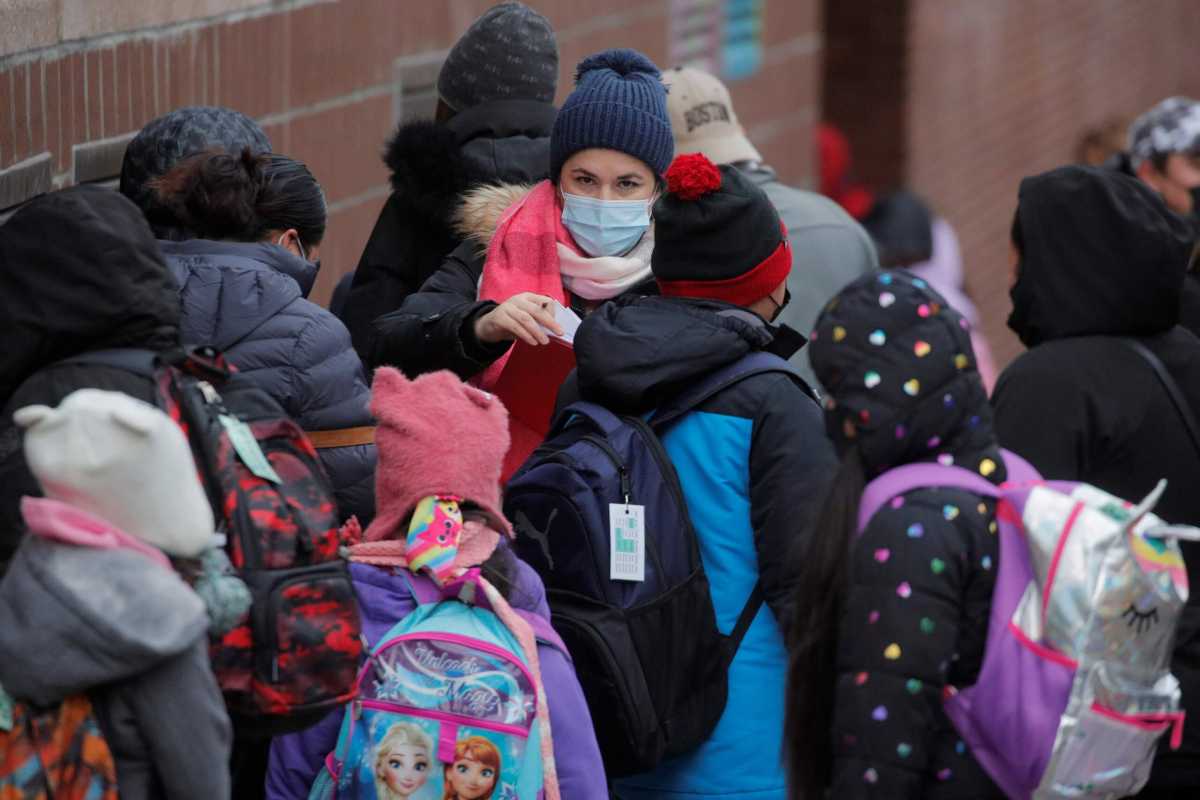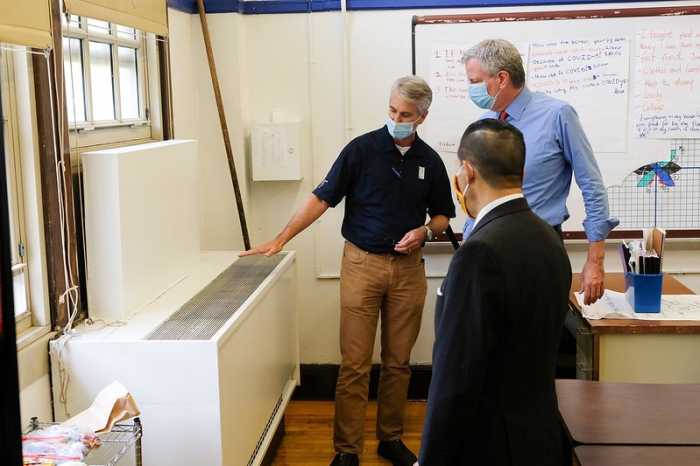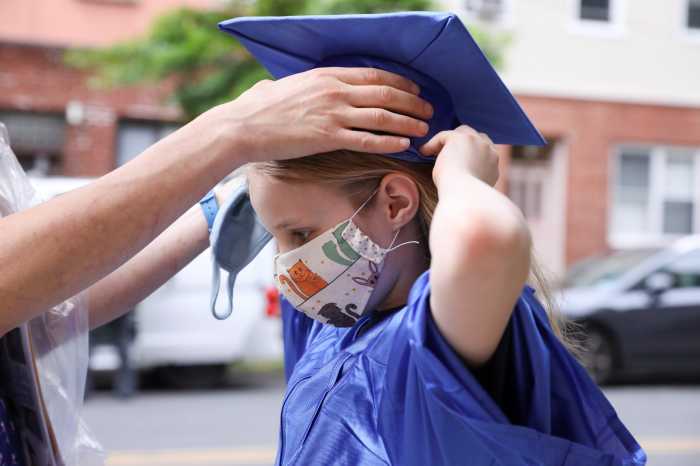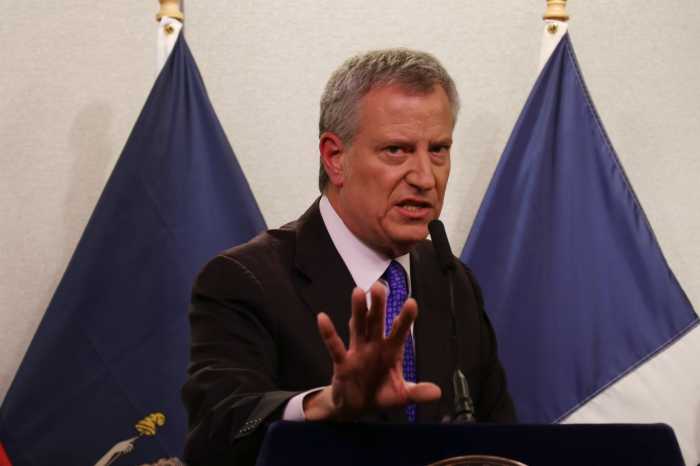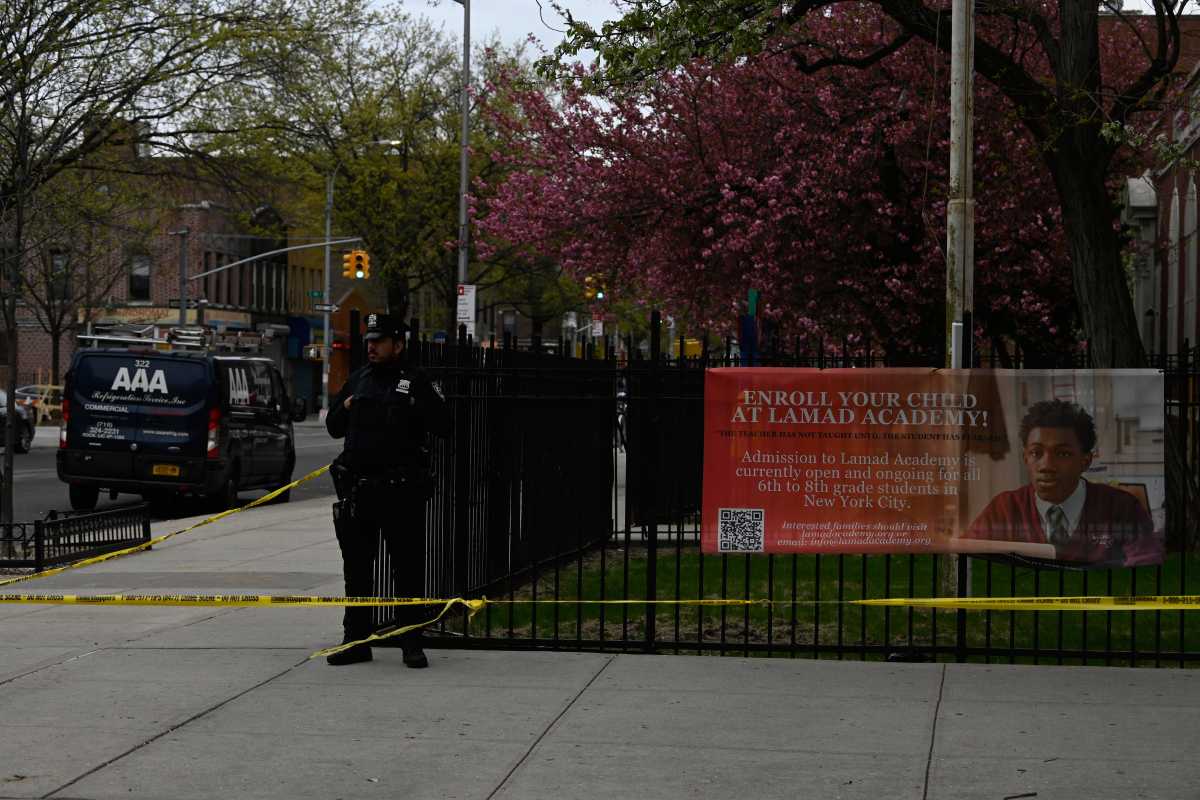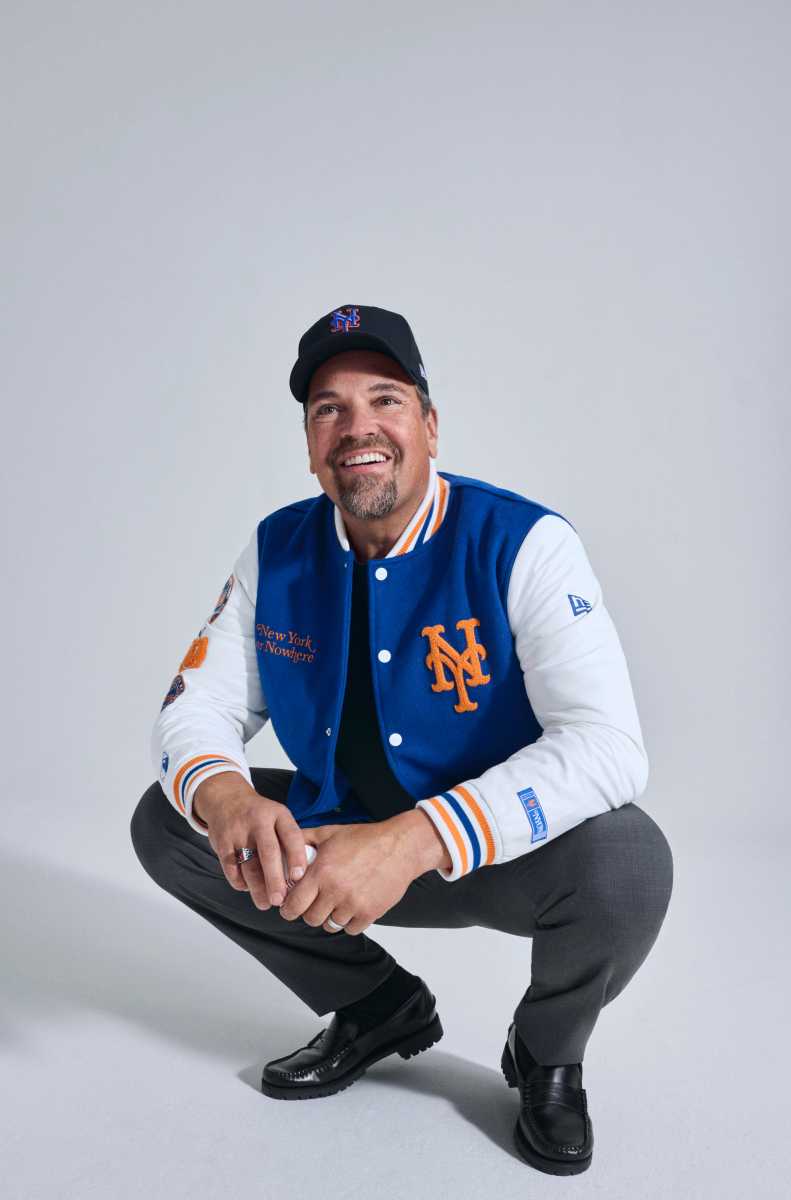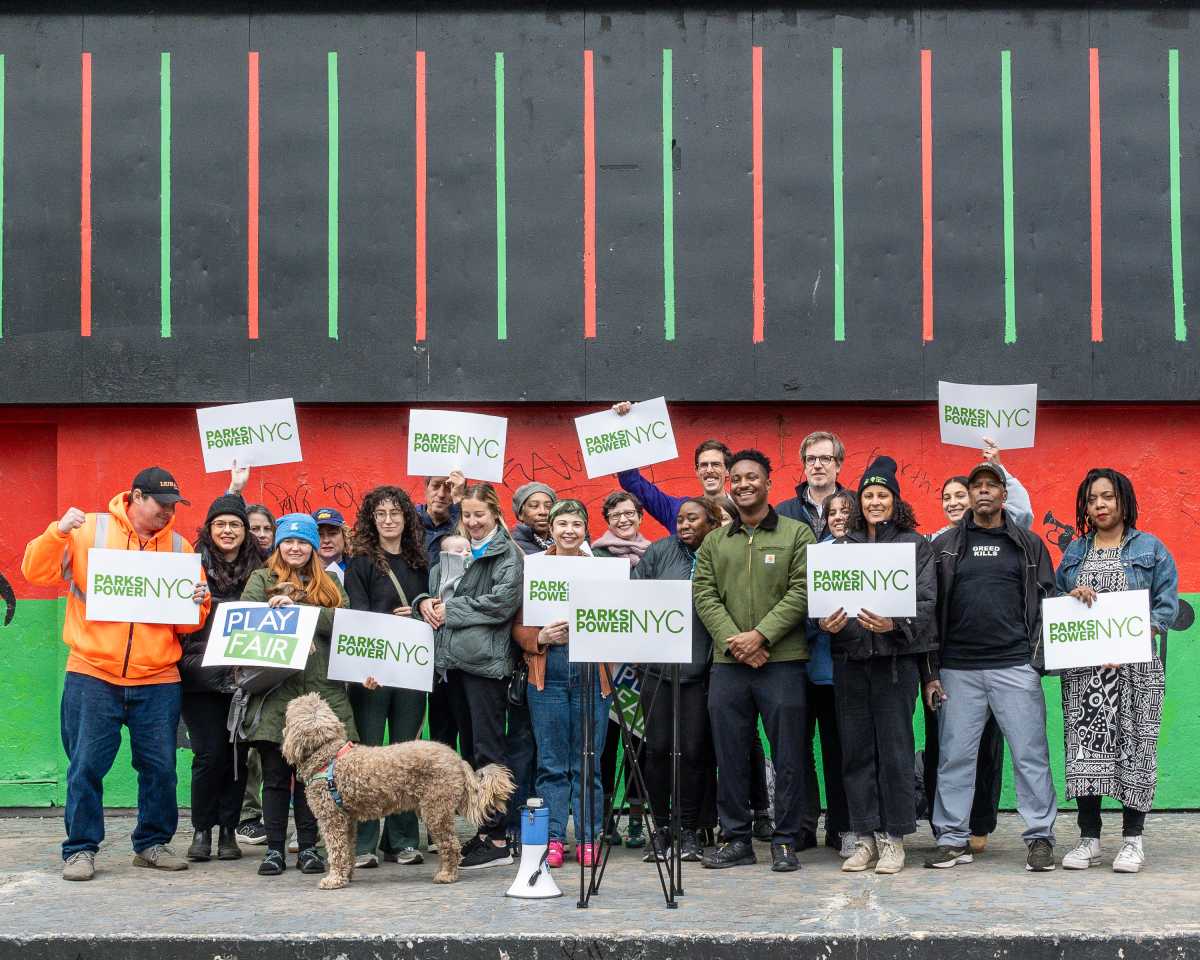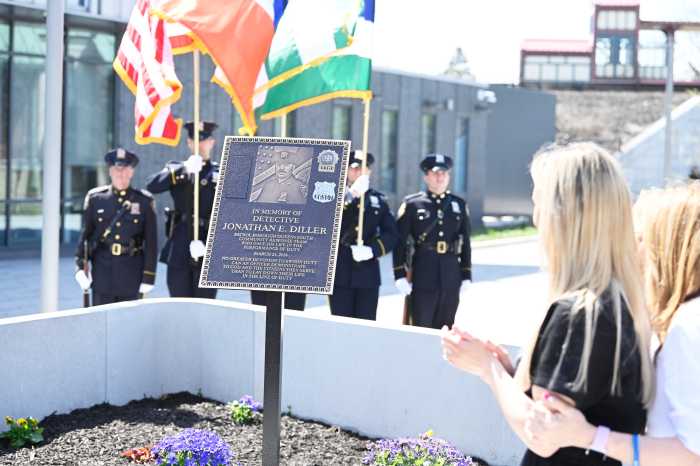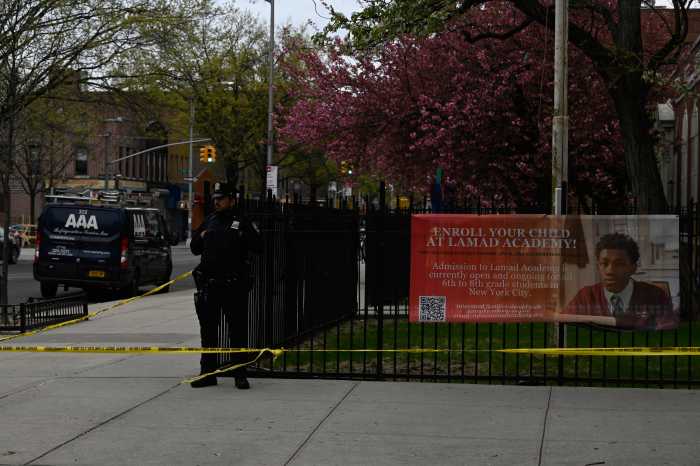The Centers for Disease Control and Prevention revised COVID-19 guidelines for K-12 schools on Friday decreasing the recommended number of feet students should keep from one another from six to three which many hope will pave the way for more school reopenings.
As a result, Mayor Bill de Blasio announced that the city is offering an opt-in period for blended learning for all families which will open next week.
The focus at first will be the city’s 3K and pre-K students, elementary students and those in district 75 which serves the cities most disabled students with an eventual phasing in of middle and high school students. Students should expect to start heading into school for in-person classes starting in next month.
“A lot of details to work out still, I’m going to emphasize this,” said de Blasio. ” We are going to work with educators, work with principals, teachers, unions and health care experts to determine the best way to implement all of this.”
On Thursday, the mayor told reporters if the health organization indeed changed its school social distancing guidelines the city would then offer families another chance to enroll their children in in-person learning. De Blasio was unable to say how the change would impact New York City public schools when first asked about the changes on WNYC.
“We are already in a planning process for the possibility that we have a health situation that allows us to do those kinds of changes and we are preparing for that possibility,” de Blasio said on WNYC. “But we are not there yet for the possibility of an opt-in…we are looking forward to seeing this guidance today and getting some answers directly from the CDC directly. Then we will have more to say.”
Three hours later, de Blasio along with Schools Chancellor Meisha Porter announced the new opt-in plan, which provides a window next week for all students to set a time to return to class.
But while city officials move forward with bringing back more students into physical classrooms, teachers’ unions, including New York State United Teachers and the United Federation of Teachers have urged caution.
In a statement sent shortly after the CDC released its updated guidance, NYSUT president Andy Pallotta said decisions on how to bring students back to the classroom must be “driven by science, not politics” adding that sudden changes to school safety guidelines can “undermine public trust and clarity.”
“We would like to review in greater detail the science behind the CDC’s latest social distancing guidance,” said Pallotta in the statement. “Yet it is clear social distancing is
Similarly, UFT president Michael Mulgrew sent members an email Friday morning stating that while the union would like its own medical experts to review the CDC guideline changes before any system-wide policies are rolled out across public schools.
Under the new CDC guidelines, students in the same cohort or pod are only allowed to come within three feet of one another. School staff would still need to stay six feet apart and keep their distance from other adults and students and students must stay that same distance apart from each other if cohorting is not possible. In addition, Students must keep six feet apart in public spaces like gyms, hallways and lunchrooms.
“As a public school educator, you know that it would be extremely complicated to implement such a plan in New York City,” Mulgrew said in the email. “The DOE would have a lot to figure out.”
